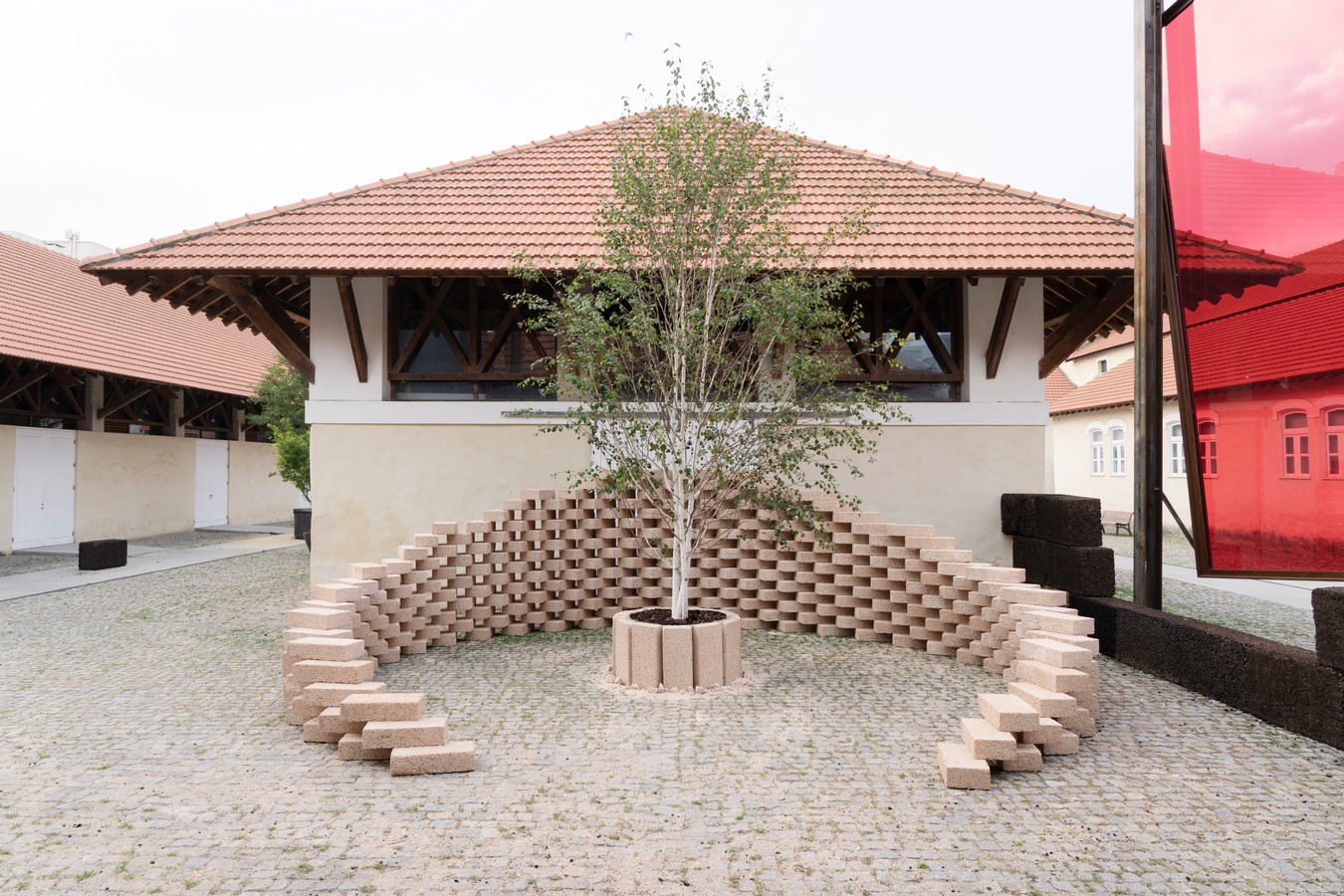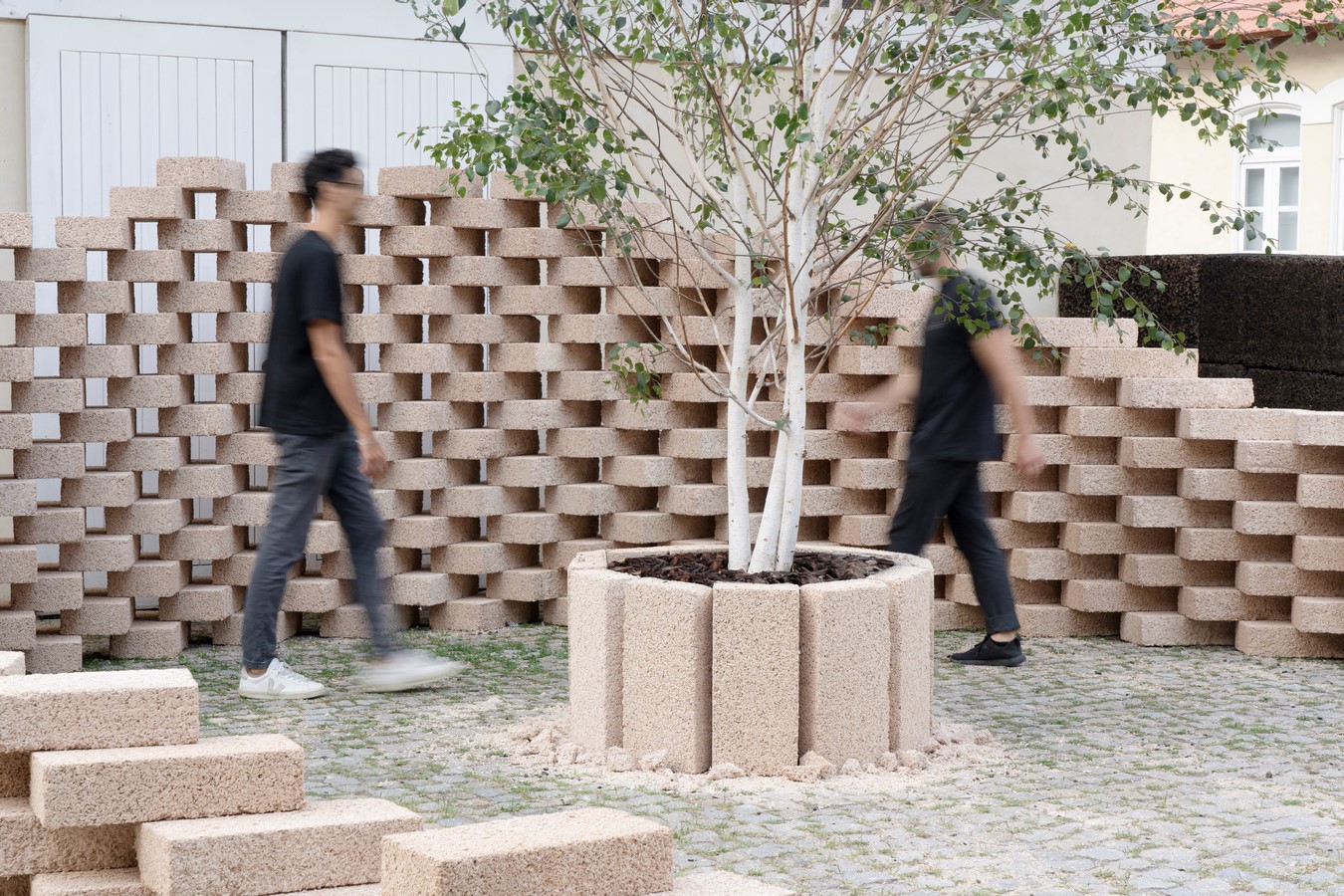For the second edition of Build – From High Tech to Low Tech, a fair hosted in September at Casa da Arquitectura in Porto, Park Associati was granted the opportunity to create and erect a pavilion. Their goal was to emphasize the significance of bio-based materials in the realm of architecture. This unique structure was entirely assembled using a dry construction method and was specifically designed for quick disassembly. The primary objective was to investigate the structural and aesthetic possibilities of hempcrete, as well as to explore how a parametric approach could enhance the efficiency of the construction process in low-tech applications.
Project Name: TATU
Studio Name: Park Associati
Photo Credits: @Park Associati
Drawings: @Park Associati

Upon dismantling the pavilion, the individual blocks that had been used for its construction were transported to a private villa construction site located outside Porto. This innovative approach demonstrates a sustainable and resourceful way of reusing construction materials while promoting the use of bio-based materials in architecture.
The pavilion is a reinterpretation of the traditional Pantescan garden style, taking the shape of a semi-circular structure constructed from hemp bricks. It serves as a protective enclosure for a single plant element, symbolically representing the biosphere. The project concept was entrusted to the Park Plus team and the Design Technology group within the studio.

The Design Technology group was primarily responsible for the overall geometric design and layout of the intervention. The installation had to be completed swiftly and in a dry manner, which required the development of a parametrically designed installation method. To ensure precision and accuracy, a template used by workshop participants for self-construction was created in-house with a CNC mill. This template was then used on-site to control the construction process in a mathematically precise manner. This was crucial because the construction method was inherently low-tech, and without this precise control, the final result of the work could have been compromised.
The blocks used in the installation were progressively rotated to achieve the desired “armadillo skin” effect, as envisioned by the designers. This effect led to the name of the installation, “Tatu,” which means armadillo in Portuguese. The meticulous execution of this rotation helped create the intended aesthetic and structural elements of the pavilion.

Bio-based materials, derived from renewable sources like plants and animals, offer a sustainable alternative in construction and architecture. They reduce environmental impact, promote eco-conscious design, and enable innovative aesthetics, contributing to a greener and more responsible approach to building.



















